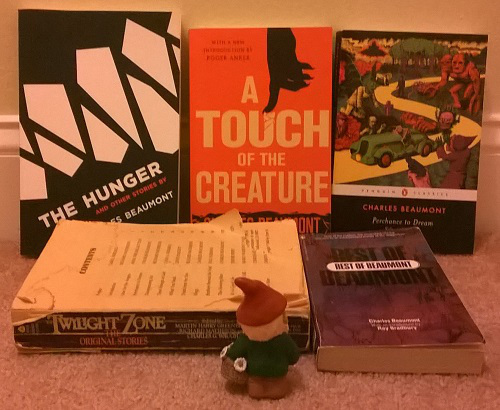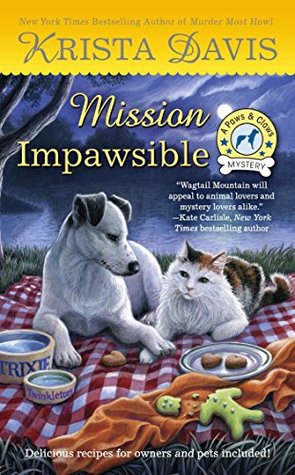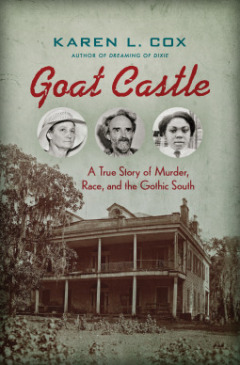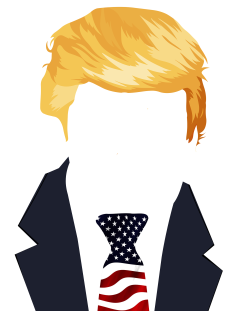
[Explanation of Reading Journal Entries/Ratings]
Post 1
Post 2
Post 3
Post 4
Post 5
Post 6
Post 7
Post 8
Post 9
Settle in. We’re going to spend this month looking at the short fiction of Charles Beaumont (1929 – 1967).
Beaumont was a speculative short-story author and contributor for The Twilight Zone; credited on episodes like “Perchance to Dream,” “The Howling Man,” “Elegy,” and “Shadow Play,” (two of which showed up on my Twilight Zone Top 10). His early death cut him off before he could reach his full potential.
Beaumont’s style and technique improved through his short career, showing an author who admirably wanted to get better. Some authors find their voice right out of the gate (rare); some borrow and ape what they admire until they find themselves (most). Beaumont was one of the latter but he had the drive, imagination, and basic tool-box needed to continue to grow.
His best stories (which started landing around 1956) show an author who can wield confident, wicked joy as well as intense emotional honesty. Nailing both styles is rare indeed. At his weakest, you can see the machinery straining in his work – he’s not inspired, he’s not sure of his footing, but this is his job and, damnit, he’s going to write something today.
From the beginning, Beaumont understood the three elements needed to create a great speculative short story: A compelling lead, an intriguing “what-if,” and an ending that haunts the imagination. Understanding doesn’t mean hitting all three points consistently – almost no one can – but Beaumont usually managed two out of three, which sets him ahead of the pack.
I’ll be looking at 64 of his short stories (about 75% of his published short-story output; Wikipedia lists 85 in total), using five books:
Best of Beaumont (1982)
Perchance to Dream(2015)
The Hunger (1957; reprinted 2013).
A Touch of the Creature (2010; reprinted 2015).
Twilight Zone: The Original Stories (1985)
The stories will be reviewed alphabetically by title. If a story appears in more than one collection, the book title in bold is the one used when referencing page numbers.
Advertisements Share this:




